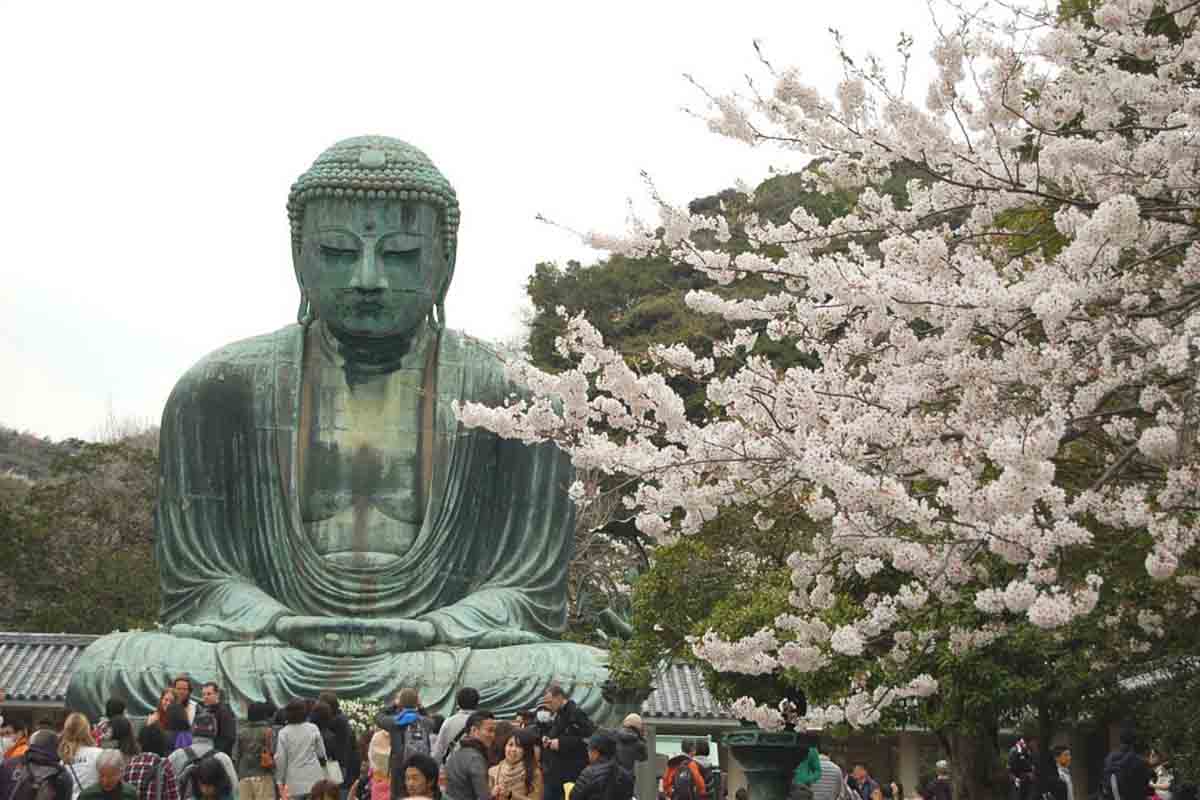Early Buddhist Art: Images of Buddha
October 27, 2017
Buddhist art consists of mostly the depiction of Buddha himself. Buddhism, the religion inspired by the teachings of Siddharta Gautama (5th century B.C.) spread rapidly across eastern Asia from its beginnings in northern India. However, in the earliest Buddhist arts, explicit representations of the Buddha were avoided. His presence was indicated by images such as an empty throne, a riderless horse, a footprint, or the Bodhi tree under which he attained enlightment.
When Buddha died, his body was cremated and divided into several relic caskets known as stupas. These sacred relics were divided into 3:
- Saririka – the physical relics of Buddha
- Uddesika – the religious symbols that include the image of Buddha, stupas, Dharmacakra (Wheel of the Dharma)
- Paribhogika – the articles used by the Buddha
During the 1st century AD, artists started to depict Buddha in his human form, and one of the first examples of this was found in the North-West India in the area known as Gandhara, the ancient name for Pakistan. The Gandhara artists combined the Buddhist symbolism with the elements from the Hellenistic world and created a unique style. Each of the Ghandaran Buddhas were recognisably Indian in their sensuousness, but the statues had many influences other than from India, such as Greco-Roman, European, Classical Greek, Greco-Indian and Asia.
While the Ghandaran standing figures were the first explicit representations of Buddha, others soon appeared in different poses, known as asanas.
Reference
Moriarty, A. (n.d.). The History of Buddhist Art. Retrieved October 27, 2017, from https://www.widewalls.ch/history-of-buddhist-art/
Development of the Buddha image. (n.d.). Retrieved October 27, 2017, from https://www.khanacademy.org/humanities/art-asia/beginners-guide-asian-culture/buddhist-art-culture/a/development-of-the-buddha-image



0 comments